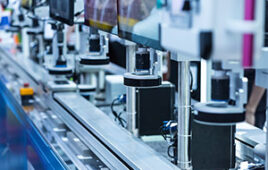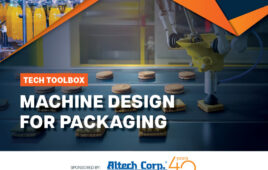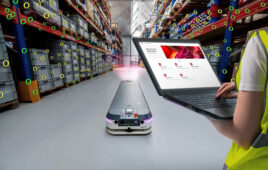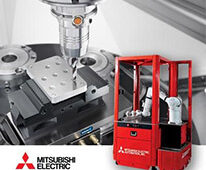An OEM manufacturer of molded plastic electrical conduit components used a single horn ultrasonic welder to install brass inserts into several of its products. The operator loaded the part into a nest, placed an insert into the hole, and activated the unit. This process was flawed because the insert was installed with great difficulty due to undersized holes and an unconventional insert shape. The production results were poor, excess molten material created an unsightly appearance, often the insert was out of location and many parts were rejected. What’s more, a second process was required to remove the excess material. The company was making production at a rate of one finished part per minute and sometimes longer depending on part complexity.

A PH Platen heat insertion system with Spirol INS 29 style brass inserts assembles more than 10 different style parts.
To make the operation more productive and efficient, the company installed a Spirol Model PH Platen style Heat Insertion System with a Spirol INS 29 style brass insert. The machine is equipped with quick-change tooling sets that help assembly more than 10 different style parts. Each tooling set is designed to accommodate from three to six parts depending upon size.

The operator now loads six parts and activates the machine. All 12 inserts are installed simultaneously. The conductive heat method, with consistent pneumatic installation pressure resulted in the highest quality insertions, excellent appearance and performance, with no rejections. This process yielded six completed assemblies in the same time it previously took for one. This production improvement alone allowed the machine to pay for itself in less than one year. Additional tooling sets can be added to accommodate new parts as they are designed and marketed.
Spirol
www.spirol.com
::Design World::
Filed Under: Factory automation, Assembly





Please provide price list